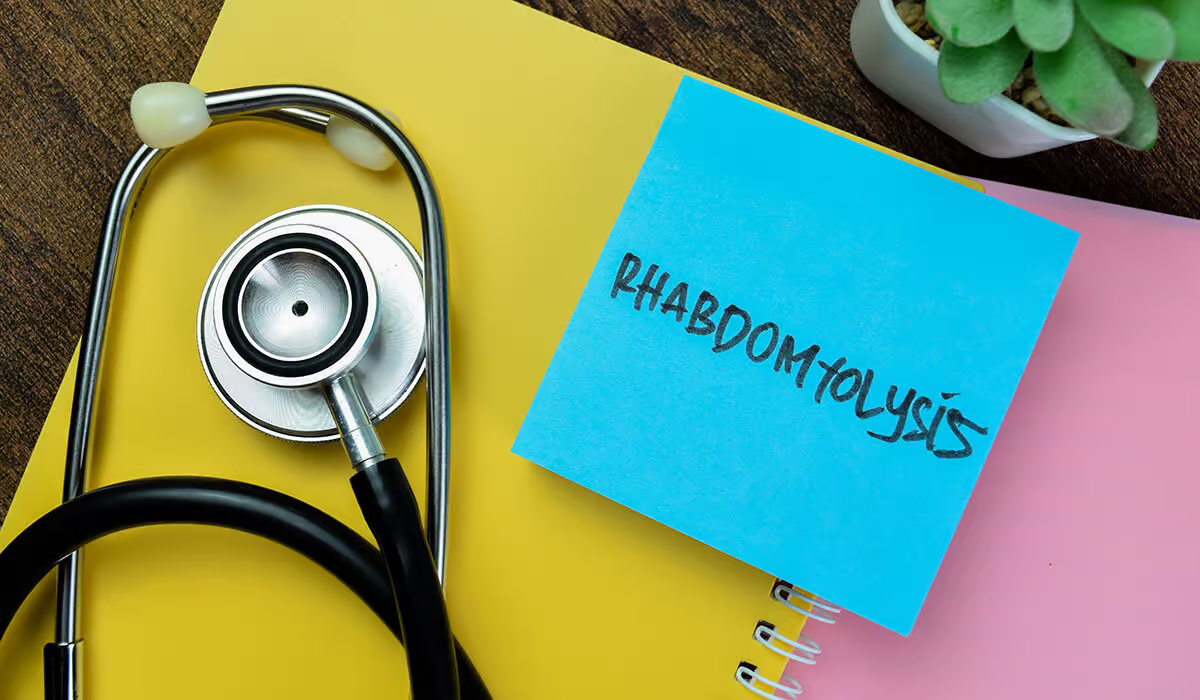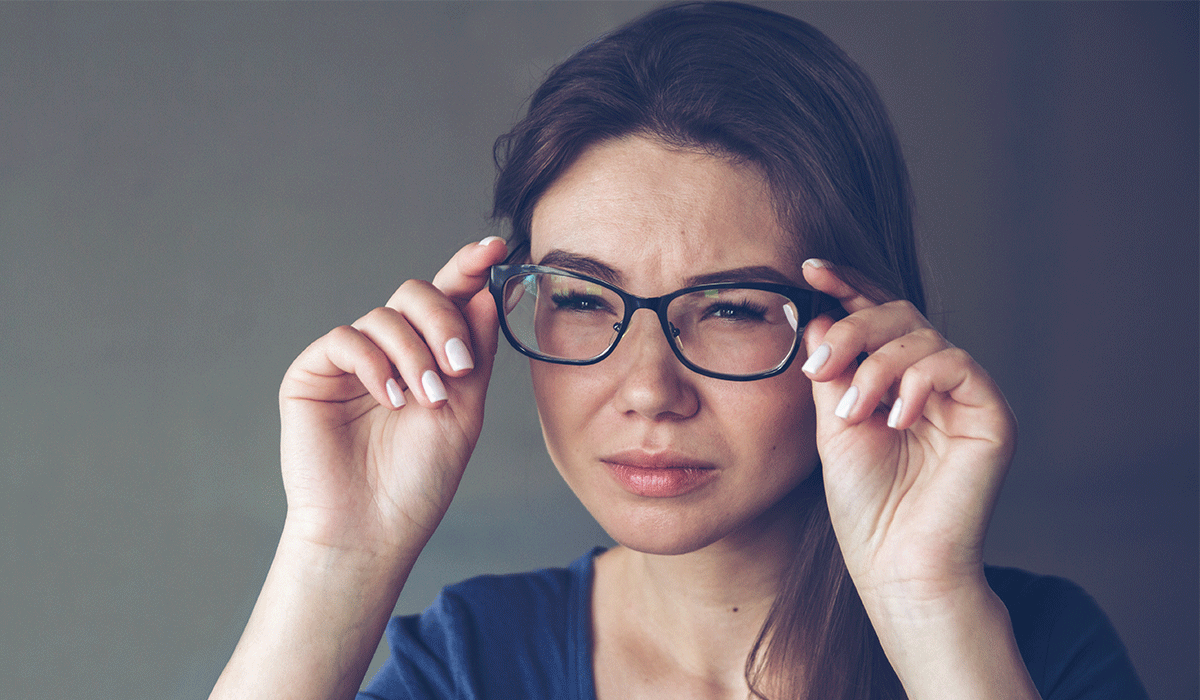It is generally the result of an imbalance between the right and left vestibular system functions. The system influences postural muscle tension, statics, and locomotion. Moreover, it participates in creating visual and spatial experiences. It has connections with the autonomic system. The sense of movement of the whole body or part of it is triggered, among others, by alternating irritation and inhibition of the appropriate vestibular organ.
When the vestibular system is damaged, especially its peripheral part, the patient experiences vertigo.
The system comprises multiple sense organs, including the labyrinthine (vestibular) system, the organ of vision, and the sense of deep sensation. The receptors in the latter are sensitive to pressure, stretching, and tension in the muscles and tendons, which help us evaluate the position of our limbs without visual cues. The central nervous system receives information from these systems and analyzes it to send excitatory impulses to the oculomotor and skeletal muscles. This process stabilizes our gaze and maintains balance in different head and body positions.
